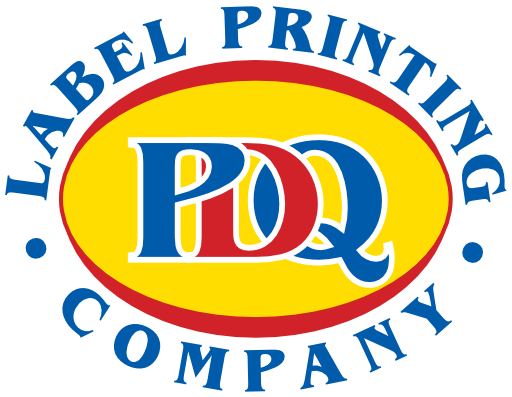Shipping Australia
Thermal shipping labels are widely used in the logistics and transportation industry as an efficient and reliable method of labeling packages for shipping. These labels utilize thermal printing technology, where heat is used to create the desired print on the label’s surface. The labels are commonly made of a heat-sensitive material that changes color when exposed to heat, resulting in the printed information.
The process of using thermal shipping labels involves the following steps:
- Label creation: The relevant shipping information, such as the recipient’s address, tracking number, and barcodes, is typically generated using specialised software or integrated systems. This information is then formatted and printed onto the thermal label.
- Label application: Once the label is printed, it is affixed directly onto the package using an adhesive backing. The label’s position is usually determined by the shipping guidelines of the specific carrier or company.
- Printing technology: Thermal printers are used to produce the labels. These printers apply heat to the thermal paper or label, causing the desired information to be imprinted on its surface. There are two main types of thermal printers: direct thermal and thermal transfer printers.
- Direct thermal printers: These printers use heat-sensitive paper that turns black when exposed to heat. They are commonly used for short-term applications where the labels do not need to withstand prolonged exposure to heat, light, or chemicals.
- Thermal transfer printers: These printers use a thermal ribbon that is melted onto the label’s surface to create the printed information. Thermal transfer labels are more durable and resistant to fading, making them suitable for long-term use or when labels may be exposed to harsh conditions.
The use of thermal shipping labels offers several advantages for transport companies, including:
- Efficiency: Thermal labels can be printed quickly and easily, streamlining the labeling process. They can also be generated on-demand, reducing the need for pre-printed label inventory.
- Clarity and readability: Thermal printing technology ensures sharp and clear labels, making them easy to read by both humans and barcode scanners. This minimizes the risk of misinterpretation or errors during the shipping process.
- Cost-effectiveness: Thermal labels eliminate the need for ink cartridges or toner, resulting in cost savings for companies. Additionally, the simplicity of thermal printers reduces maintenance requirements.
Some of the major transport companies in Australia that benefit from the use of shipping labels, including thermal ones, include:
- Australia Post
- Toll Group
- TNT Express
- DHL Express
- FedEx Australia
- StarTrack
- CouriersPlease
- Aramex Couriers
- Allied Express
- Border Express
- Go Logistics
Here are some popular e-commerce platforms that are commonly used by businesses and may utilise direct thermal shipping labels:
- Shopify
- WooCommerce
- Magento
- BigCommerce
- Squarespace Commerce
- Wix Stores
- Volusion
- PrestaShop
- OpenCart
- 3dcart
- Weebly eCommerce
- Ecwid
- Salesforce Commerce Cloud (formerly Demandware)
- Zen Cart
- osCommerce
- ShipStation
These e-commerce platforms provide online store management tools and integrate with various shipping and logistics solutions, allowing businesses to generate and print direct thermal shipping labels for their shipments. It’s important to note that the specific label printing capabilities may vary depending on the platform and the plugins or integrations used.
Remember to research and evaluate the features and compatibility of each platform to ensure it meets your specific requirements for direct thermal label printing and other e-commerce needs.
Contact us for your shipping labels
